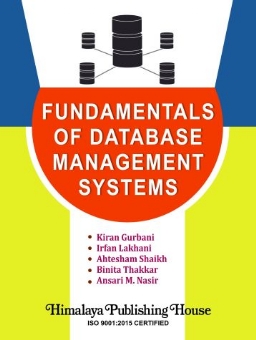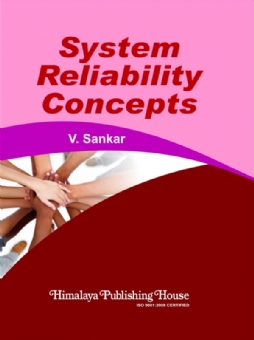It gives us immense pleasure to present this First Edition of “Fundamentals of Database Management Systems” to the teachers and students of Bachelor of Information Technology, First Year, First Semester. This book has been written as per the syllabus prescribed by the University with effect from academic year 2022-23.
Information is a valuable resource to an organisation. Computer software provides an efficient means of processing information and database systems are becoming increasingly common means by which it is possible to store and retrieve information in an effective manner. This book provides comprehensive coverage of fundamentals of database management system. This book is for those who wish a better understanding of relational data modelling, its purpose, its nature, and the standards used in creating relational data model. Relational databases are the most popular database management systems in the world and are supported by a variety of vendor implementations. Majority of the practical tasks in industry require applying relatively not complex algorithms to huge amounts of well structured data. The efficiency of the application depends on the quality of data organisation. Advances in database technology and processing offer opportunities for using information flexibility and efficiently when data is organised and stored in relational structures. The relational DBMS is a success in the commercial marketplace with respect to business data processing and related applications. This success is a result of cost-effective application development combined with high data consistency. The success has led to the use of relational DBMS technology in other application environments requesting its traditional virtues, while at the same time adding new requirements.
Chapter 1 describes introduction to data and database. Chapters 2, 3, and 4 describes Data Models, ER Models, and Normalisation. Other Chapters describes transaction of DBMS.
The concept and theory of each topic is followed by the theoretical explanation and some self assessment questions. All practical solutions of RDBMS SQL commands are provided.
Contents –
Unit I Database System-Concept and Architecture
Unit II Database Design, ER Diagram, and UML
Unit III Relational Database Model
Unit IV Introduction to SQL and File Structure
Unit V Transaction Management, Concurrency Control, and Recovery
Practical Manual






